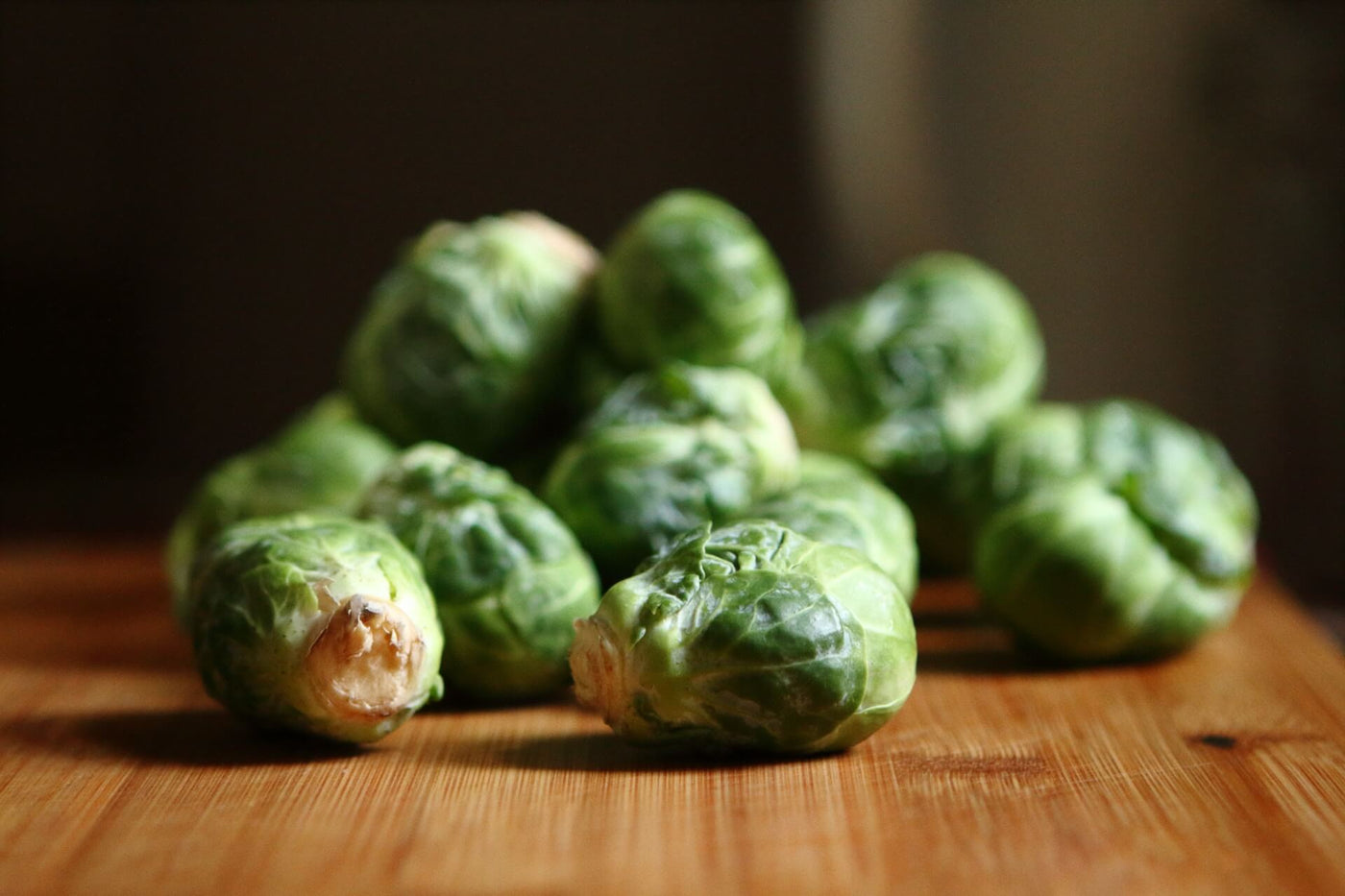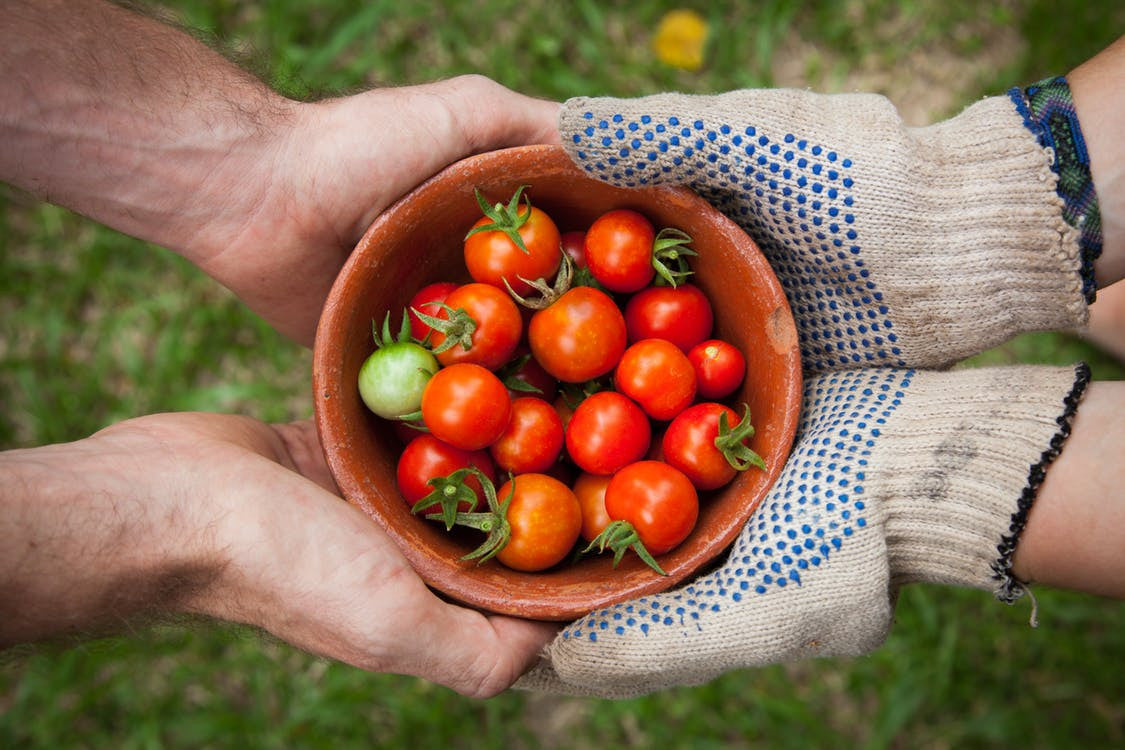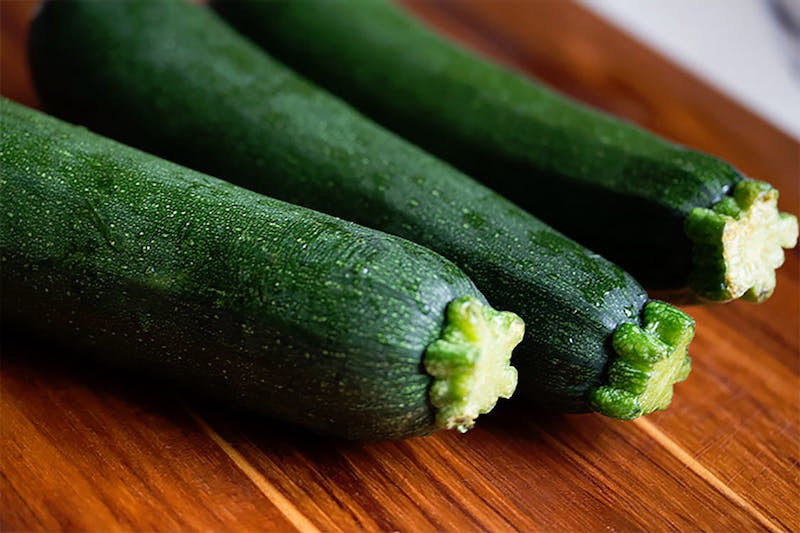Fibro Fix Blog — vegetable

Brussels Sprouts – Tiny Cabbages of Goodness 0
Brussels sprouts are a nutrient powerhouse. They possess a superior array of health-promoting phytonutrients, which support the most essential processes of the body.
- Dr. Brady
- Tags: brussel sprout brussels sprouts health nutrition Vegan vegetable

YOU SAY TOMATO, WE SAY…TREMENDOUS 0
It wouldn’t be summer without plump, juicy heirloom tomatoes piled high on a table at the farmers’ market, or containers of cherry tomatoes as sweet as raspberries reappearing in supermarkets for the season. Eating a rainbow of produce is an effective—and tasty—way to ensure intake of a wide array of nutrients and phytochemicals, and just within the tomato family itself, you can find red, green, yellow, orange and purple varieties.
Tomatoes can be found in stores year-round, but the drab, mushy, and mealy ones you come across in winter might as well be a completely different fruit from the plump, fresh, sweet ones available in the height of summer. In fact, tomatoes’ botanical name—Solanum lycopersicum—is reminiscent of sunlight, itself, while also providing the root of the word lycopene, which is a powerful antioxidant found in red and pink fruits and vegetables.
With their low carbohydrate content, fiber, and complement of nutrients, tomatoes fit nicely into many different nutritional strategies, including vegetarian, low-carb, and Paleo-style diets. Due to tomatoes’ natural sweetness, people on very low carbohydrate diets sometimes avoid them, but this isn’t necessary. Tomatoes—particularly when they’re in season—are sweet, and although they have a slightly higher glycemic index than, say, spinach and broccoli, their glycemic load is extremely low. This means it would take a very large amount of tomatoes to have an adverse impact on blood sugar; although, of course, individual sensitivity to carbohydrate varies. In the spectrum of carbohydrate-containing foods, tomatoes aren’t exactly cupcakes!
As for their nutrient content, tomatoes are a good source of vitamin C, vitamin K1, beta-carotene, and potassium. They are perhaps best known for the aforementioned antioxidant phytochemical, lycopene. Lycopene may help protect the skin from sunburn, and studies have shown it also has the potential to help support healthy cholesterol levels in the blood. Interestingly, lycopene concentration is higher in tomato products—such as tomato paste and tomato sauce—than in fresh tomatoes. Since lycopene and beta-carotene are both fat-soluble carotenoids, the body absorbs them best when they’re eaten along with some fat—in case you needed an excuse to drizzle some good olive oil over a fresh tomato salad, or sprinkle a little cheese on a bowl of zucchini noodles with tomato sauce.
As if their flavor and nutrient content weren’t good enough reasons to eat tomatoes, there’s another beneficial substance hiding in tomatoes, tucked away like a little secret: melatonin! It’s true: tomatoes contain a small amount of melatonin, and plant researchers believe it has a similar function in plants as it does in humans: it helps regulate a plant’s circadian rhythm. A study in which multiple tomato cultivars were grown in the same greenhouse, but some were grown in full sunlight while others were shaded, found that the shaded tomatoes had as much as 135% more melatonin than the non-shaded ones. This suggests that light exposure plays a role in their melatonin content, just as melatonin synthesis is regulated by photo-exposure in people. (Melatonin is synthesized as light exposure decreases, such as when the sun is setting, preparing people—and plants—for bedtime.) The amount of melatonin in tomatoes isn’t enough to act as a sleep aid, but it’s an interesting bit of trivia, nonetheless. (Imagine getting sleepy after a glass of tomato juice at breakfast!)
Don’t limit yourself to the more common red tomatoes. Other varieties bring additional nutritional properties, such as purple tomatoes, which have a higher anthocyanin and antioxidant content. Plant breeders recognize these compounds as helping increase the shelf-life and providing protection against certain plant pests, but they’re helpful for human health, as well.
With summer upon us, enjoy the bounty of tomatoes the season offers. But remember: ketchup is not a vegetable!
Sources
- Stahl W, Heinrich U, Aust O, Tronnier H, Sies H. Lycopene-rich products and dietary photoprotection. Photochem Photobiol Sci. 2006 Feb;5(2):238-42.
- Fuhrman B1, Elis A, Aviram M. Hypocholesterolemic effect of lycopene and beta-carotene is related to suppression of cholesterol synthesis and augmentation of LDL receptor activity in macrophages. Biochem Biophys Res Commun. 1997 Apr 28;233(3):658-62.
- Riga P, Medina S, García-Flores LA, Gil-Izquierdo Á. Melatonin content of pepper and tomato fruits: effects of cultivar and solar radiation. Food Chem. 2014 Aug 1;156:347-52.
- Klee HJ. Purple tomatoes: longer lasting, less disease, and better for you. Curr Biol. 2013 Jun 17;23(12):R520-1.

ZUCCHINI – YOUR NEW BEST FRIEND? 0
If you live in a farming community or have friends and neighbors who garden, you’ve probably been the lucky recipient of their surplus zucchini. The summer sun seems to make zucchini multiply inexplicably and prolifically, such that growers will look to foist their harvest on anyone and everyone they can.
But rather than bemoan the endless supply of this underrated vegetable, consider it a boon for a healthy diet. If you’re watching your carbohydrate intake, but find yourself missing your favorite pasta and noodle dishes, zucchini is your new best friend. If you can get your hands on a spiral slicing gadget—or can spare the time to cut long, thin strips by hand—the abundant supply of zucchini summer brings can be transformed into “zoodles,” which you can use to recreate spaghetti and meatballs, pad thai, and other dishes you might be craving, with the benefit of keeping things low-carb, gluten-free, or Paleo-compliant.
Zucchini belongs to the botanical family Cucurbitaceae, which includes many familiar summer and winter squashes and gourds, such as yellow, crookneck, delicata and acorn squash, pumpkins, watermelon, cucumbers and ornamental gourds.
Zucchini is a great addition to both omnivorous and vegetarian diets. It’s a good source of vitamins C and B6, riboflavin, vitamin A precursors, potassium, and manganese. It’s high in the carotenoid lutein, which is beneficial for eye health. Since lutein is a fat-soluble compound, and the body absorbs it better with a little bit of fat, it’s not a bad idea to add a pat of rich, yellow summer butter to steamed zucchini, or toss a pile of zucchini noodles with olive oil and garlic. Great side dishes for an outdoor dinner in the warm weather!
Zucchini is very low in carbohydrate, with a glycemic index that is practically negligible. It’s a good choice for filling a plate without racking up high calorie levels, although excess consumption can potentially lead to unpleasant gastrointestinal side effects. Part of this is due to the fiber content of this non-starchy vegetable, but another reason is that during storage and shipping, the carbohydrate content of zucchini changes a bit. One of the compounds that increases upon storage is raffinose. Raffinose belongs to the FODMAP category—fermentable, oligo-, di- and mono-saccharides and polyols. It’s an oligosaccharide that the human body lacks the enzyme to break down, so consumption of high amounts can result in gas and bloating.
With the growing popularity of “nose-to-tail” cooking for making use of all parts of animal foods, we shouldn’t forget that the same philosophy can be applied to vegetables. The yellow zucchini flowers that accompany each squash make a wonderful appetizer or side dish. A classic way to prepare these flowers is to stuff them with ricotta or goat cheese and fry them. Making zucchini bread or muffins is a good way to sneak these vegetables into unsuspecting children, and for those watching their starch intake, zucchini can be stuffed with an endless variety of toppings, including tomato sauce, olives, and fresh cheese, lending a pizza flavor, minus the dense bread base. Another way to make use of the avalanche of zucchini in summer is by preserving it, such as in relish, or simply blanching it and freezing it for winter. Dehydrating is another option, with crispy zucchini chips making a great, healthy snack for kids and adults alike.
Sources
- Sommerburg O, Keunen J, Bird A, van Kuijk FJGM. Fruits and vegetables that are sources for lutein and zeaxanthin: the macular pigment in human eyes. The British Journal of Ophthalmology. 1998;82(8):907-910.
- Mildred E. Mathias Botanical Garden. UCLA. Economic Botany. Cucurbitaceae.
